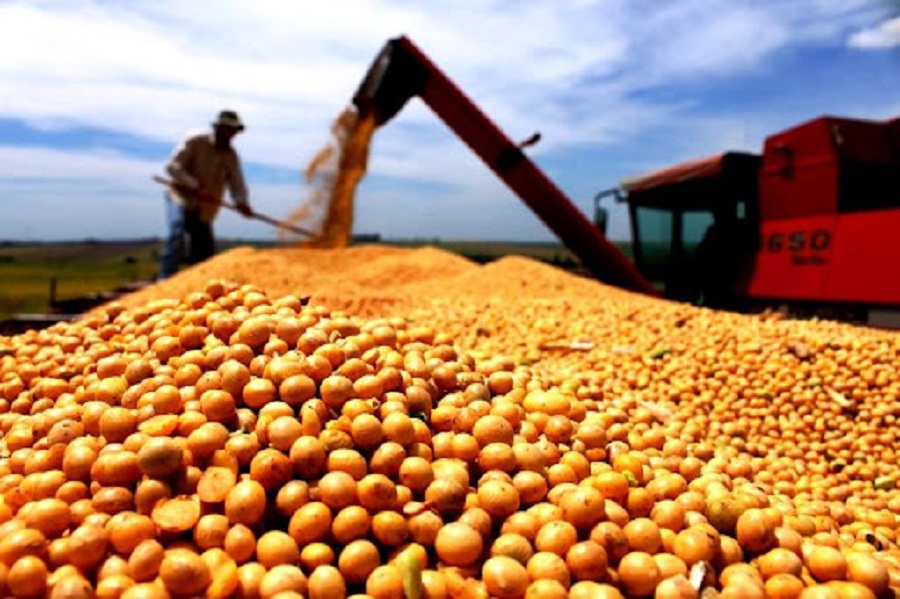RIO DE JANEIRO, BRAZIL – Argentina is the world’s largest exporter of soybean meal and oil and the second largest exporter of corn. However, farmers have been recently choosing the cereal over the oilseed due to the crop’s greater flexibility, which reduces drought-associated risks.
The Buenos Aires exchange estimated the soy crop at 44 million tons in its annual presentation, slightly higher than last year.

Esteban Copati, head of the exchange’s Agricultural Estimates Department, pointed out that the corn planting area will grow for the 8th consecutive year to about 7.1 million hectares, up from 6.6 million hectares in 2020/21.
“This uninterrupted corn area expansion is largely explained by the tools that farmers have to manage the crop, flexible planting dates, a feature that mitigates the weather impact,” Copati said in an online presentation.
For the 2021/22 crop, the exchange expects an impact from the La Niña weather phenomenon, which in Argentina’s main agricultural regions creates drier-than-normal conditions.
CORN
The 2021/22 corn planting will begin in the coming days, while soy planting will begin in October.
Unlike soy, corn has a wider sowing window that allows it to bypass the start of the main development stages in January and early February, the year’s driest and hottest period.
Soy planting area in the 2021/22 crop year is expected to drop for the 6th consecutive year, down to 16.5 million hectares from the 16.9 million planted in the 2020/21 crop year, the exchange said.
However, the crop would increase to 44 million tons, up from 43.1 million tons in the last crop, as the same drought that hit the 2020/21 season is not expected despite the presence of La Niña.
Regarding 2021/22 wheat, the exchange raised the crop estimate to 19.2 million tons, up from 19 million tons, after raising the projected planting area by 100,000 hectares to a total of 6.6 million hectares.
Copati said recent wet weather has helped wheat at a critical stage in the main growing areas of Cordoba and Santa Fe.
“The rains accumulated in recent weeks have provided very timely relief,” he said.
Wheat planting has been completed across the country and farmers will begin harvesting between November and December. Argentina is a major global exporter of wheat, with most shipments bound for neighboring Brazil.
Planting of 2021/22 corn will begin in the coming days, while soy planting will begin in October. Late corn plots are planted later in the year.

